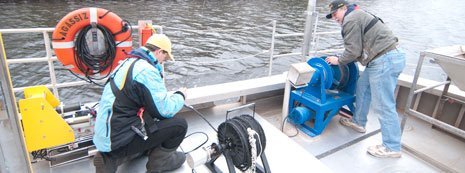Document Type
Article
Publication Date
4-4-2019
Abstract
Buildings in Southern China widely use a double-skin roof to reduce heat entry through the roof to the building interior during summertime. Concrete roof tiles are preferably installed as the outmost layer of the double-skin roof due to their resistance to hail and wind damages and their attractive price. However, after construction, the tile’s top tends to be darkened by dust deposit and algae growth, increasing the heat entry through the roof to the building. Here, we show that this heat entry can be curtailed by lowering the emissivity at the tile’s underside. Temperatures and heat fluxes at different elevations of a double-skin roof with concrete tiles as the outmost layer of the roof are monitored. The underside of each concrete tile is coated with a specific paint to get a unique emissivity. Observations reveal that lowering the emissivity of concrete roof tiles could cut down the summer heat gain of buildings in tropical regions.
Publication Title
Advances in Materials Science and Engineering
Creative Commons License

This work is licensed under a Creative Commons Attribution 4.0 International License.
Recommended Citation
Chen, X.,
Wang, L.,
Liu, Z.,
Qin, Y.,
&
Bao, T.
(2019).
Lowering emissivity of concrete roof tile's underside cuts down heat entry to the building.
Advances in Materials Science and Engineering,
2019.
http://doi.org/10.1155/2019/5438321
Retrieved from: https://digitalcommons.mtu.edu/cee-fp/101
Version
Publisher's PDF


Publisher's Statement
© 2019 Xuejun Chen et al. Article deposited here in compliance with publisher's policy. Publisher's version of record: https://doi.org/10.1155/2019/5438321